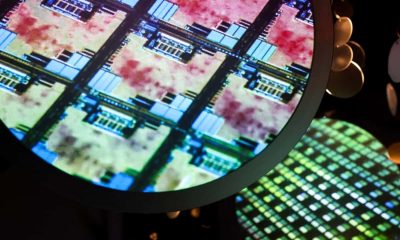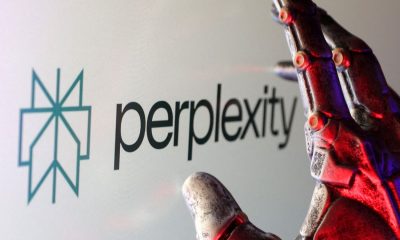

Metaverse
A new way to predict ship-killing rogue waves – Crypto News
Artificial-intelligence (AI) models are modern oracles. The neural networks that power them are flexible mathematical tools, capable of finding any pattern, fitting any shape and drawing any line. They are used to forecast the weather, anticipate road maintenance and diagnose diseases. The problem is, since they train themselves to accomplish those tasks, no one really knows exactly how they do it.
This “black-box problem” makes it hard to rely on such models, especially when, as in health care, they are making high-stakes decisions. It makes them less useful for scientists, too, who are interested not only in predicting an outcome but also in understanding why that outcome happened.
In a paper in Proceedings of the National Academy of Sciences, a group of researchers led by Dion Häfner, a computer scientist at the University of Copenhagen, describe a clever way to make AI more understandable. They have managed to build a neural network, use it to solve a tricky problem, and then capture its insights in a relatively simple five-part equation that human scientists can use and understand.
The researchers were investigating “rogue waves”, those that are much bigger than expected given the sea conditions in which they form. Maritime lore is full of walls of water suddenly swallowing ships. But it took until 1995 for scientists to measure such a wave—a 26-metre monster, amid other waves averaging 12 metres—off the coast of Norway, proving these tales to be tall only in the literal sense.
Scientists have a few ideas about what causes rogue waves, but not a complete picture. Waves can merge and stack, or break in ways that make them unusually big. Currents, the wind and the shape of the sea floor matter too. All those factors mix in chaotic ways, in the mathematical sense of the word: a small change in one can lead to a drastically and unpredictably different outcome.
A good problem, then, for AI to get its teeth into. To produce something a human could follow, the researchers restricted their neural network to around a dozen inputs, each based on ocean-wave maths that scientists had already worked out. Knowing the physical meaning of each input meant the researchers could trace their paths through the network, helping them work out what the computer was up to.
The researchers trained 24 neural networks, each combining the inputs in different ways. They then chose the one that was the most consistent at making accurate predictions in a variety of circumstances, which turned out to rely on only five of the dozen inputs.
To generate a human-comprehensible equation, the researchers used a method inspired by natural selection in biology. They told a separate algorithm to come up with a slew of different equations using those five variables, with the aim of matching the neural network’s output as closely as possible. The best equations were mixed and combined, and the process was repeated. The result, eventually, was an equation that was simple and almost as accurate as the neural network. Both predicted rogue waves better than existing models.
The first part of the equation rediscovered a bit of existing theory: it is an approximation of a well-known equation in wave dynamics. Other parts included some terms that the researchers suspected might be involved in rogue-wave formation but are not in standard models. There were some puzzlers, too: the final bit of the equation includes a term that is inversely proportional to how spread out the energy of the waves is. Current human theories include a second variable that the machine did not replicate. One explanation is that the network was not trained on a wide enough selection of examples. Another is that the machine is right, and the second variable is not actually necessary.
Better methods for predicting rogue waves are certainly useful: some can sink even the biggest ships. But the real prize is the visibility that Dr Häfner’s approach offers into what the neural network was doing. That could give scientists ideas for tweaking their own theories—and should make it easier to know whether to trust the computer’s predictions.
© 2023, The Economist Newspaper Limited. All rights reserved.
From The Economist, published under licence. The original content can be found on www.economist.com
-
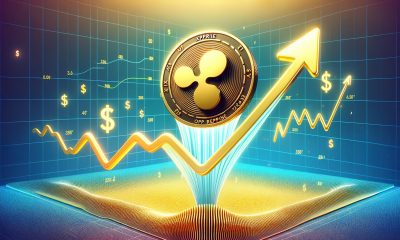
 Blockchain1 week ago
Blockchain1 week agoXRP Price Gains Traction — Buyers Pile In Ahead Of Key Technical Breakout – Crypto News
-

 Technology1 week ago
Technology1 week agoSam Altman says OpenAI is developing a ‘legitimate AI researcher’ by 2028 that can discover new science on its own – Crypto News
-
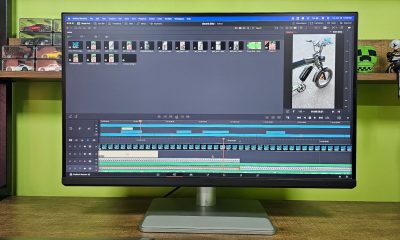
 Technology1 week ago
Technology1 week agoBenQ MA270U review: A 4K monitor that actually gets MacBook users right – Crypto News
-
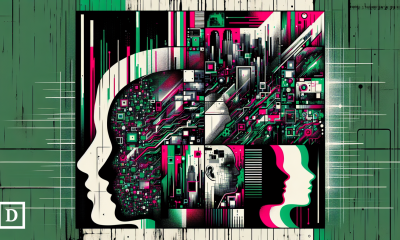
 De-fi1 week ago
De-fi1 week agoBittensor Rallies Ahead of First TAO Halving – Crypto News
-
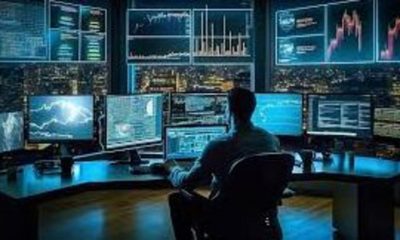
 Technology1 week ago
Technology1 week agoGiving Nvidias Blackwell chip to China would slash USs AI advantage, experts say – Crypto News
-

 Technology1 week ago
Technology1 week agoMicrosoft ‘tricked users into pricier AI-linked 365 plans,’ says Australian watchdog; files lawsuit – Crypto News
-

 De-fi1 week ago
De-fi1 week agoAI Sector Rebounds as Agent Payment Systems Gain Traction – Crypto News
-
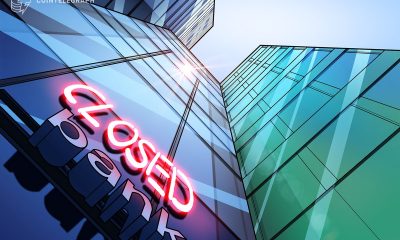
 Blockchain1 week ago
Blockchain1 week agoBig Iran Bank Goes Bankrupt, Affecting 42 Million Customers – Crypto News
-
Business1 week ago
Crypto Market Rally: BTC, ETH, SOL, DOGE Jump 3-7% as US China Trade Talks Progress – Crypto News
-
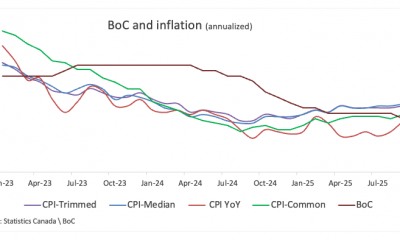
 others1 week ago
others1 week agoBank of Canada set to cut interest rate for second consecutive meeting – Crypto News
-

 Business1 week ago
Business1 week agoStarbucks Says Turnaround Strategy Drives Growth in Global Sales – Crypto News
-
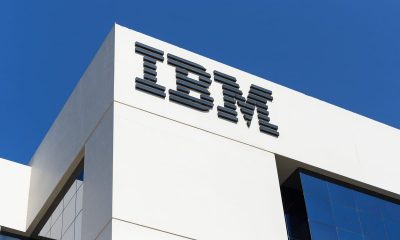
 Blockchain1 week ago
Blockchain1 week agoIBM Set to Launch Platform for Managing Digital Assets – Crypto News
-
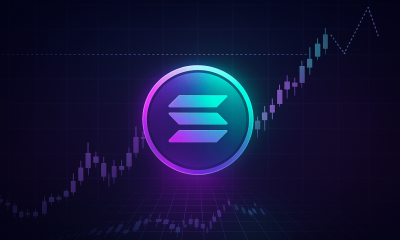
 Blockchain1 week ago
Blockchain1 week agoSolana Eyes $210 Before Its Next Major Move—Uptrend Or Fakeout Ahead? – Crypto News
-

 De-fi1 week ago
De-fi1 week agoREP Jumps 50% in a Week as Dev Gets Community Support for Augur Fork – Crypto News
-

 Technology1 week ago
Technology1 week agoDonald Trump as Halo Master Chief? White House joins GameStop’s ‘End of Console Wars’ celebration – Crypto News
-
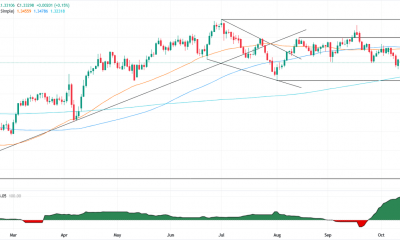
 others1 week ago
others1 week agoGBP/USD floats around 1.3320 as softer US CPI reinforces Fed cut bets – Crypto News
-

 others5 days ago
others5 days agoMETA stock has lower gaps to fill – Crypto News
-
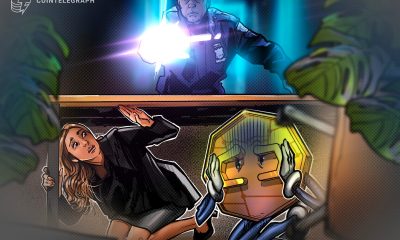
 Blockchain1 week ago
Blockchain1 week agoWhat Happens When You Don’t Report Your Crypto Taxes to the IRS – Crypto News
-
Business1 week ago
Crypto ETFs Attract $1B in Fresh Capital Ahead of Expected Fed Rate Cut This Week – Crypto News
-

 De-fi1 week ago
De-fi1 week agoCrypto Market Edges Lower While US Stocks Hit New Highs – Crypto News
-

 De-fi1 week ago
De-fi1 week agoCrypto Phones Struggle as Solana Quietly Pulls Plug on Saga – Crypto News
-

 Cryptocurrency1 week ago
Cryptocurrency1 week agoWestern Union eyes stablecoin rails in pursuit of a ‘super app’ vision – Crypto News
-
Technology1 week ago
Pi Coin Price Jumps 24% as 10M Tokens Exit Exchanges – Can Bulls Sustain the Momentum? – Crypto News
-
others1 week ago
Pi Coin Gains Another 15% As Pi Network Joins ISO 20022 For Seamless Banking Integration – Crypto News
-
others1 week ago
Crypto Market Tumbles as Jerome Powell Says December Rate Cut ‘Far From Certain’ – Crypto News
-

 De-fi1 week ago
De-fi1 week agoBitcoin Dips Under $110,000 After Fed Cuts Rates – Crypto News
-

 De-fi1 week ago
De-fi1 week agoMetaMask Fuels Airdrop Buzz With Token Claim Domain Registration – Crypto News
-

 De-fi1 week ago
De-fi1 week agoTokenized Nasdaq Futures Enter Top 10 by Volume on Hyperliquid – Crypto News
-
others1 week ago
Is Changpeng “CZ” Zhao Returning To Binance? Probably Not – Crypto News
-
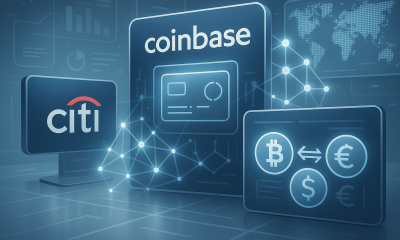
 Cryptocurrency1 week ago
Cryptocurrency1 week agoCitigroup and Coinbase partner to expand digital-asset payment capabilities – Crypto News
-

 Cryptocurrency1 week ago
Cryptocurrency1 week agoInside Bitwise’s milestone solana ETF launch – Crypto News
-
others1 week ago
Can ASTER Price Rebound 50% as Whale Activity and Bullish Pattern Align? – Crypto News
-
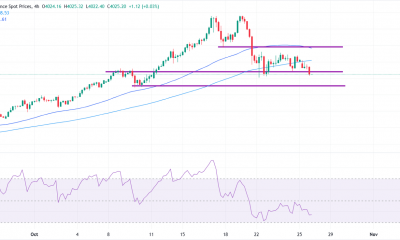
 others1 week ago
others1 week agoGold weakens as US-China trade optimism lifts risk sentiment, focus turns to Fed – Crypto News
-

 Cryptocurrency1 week ago
Cryptocurrency1 week agoGold Price Forecast 2025, 2030, 2040 & Investment Outlook – Crypto News
-
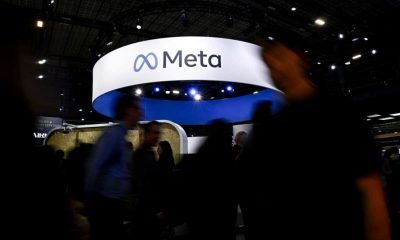
 Metaverse1 week ago
Metaverse1 week agoIt isn‘t just AI. Earnings and the economy show the rally has legs. – Crypto News
-

 De-fi1 week ago
De-fi1 week agoCRO Jumps After Trump’s Truth Social Announces Prediction Market Partnership with Crypto.Com – Crypto News
-

 Cryptocurrency1 week ago
Cryptocurrency1 week agoKERNEL price goes vertical on Upbit listing, hits $0.23 – Crypto News
-
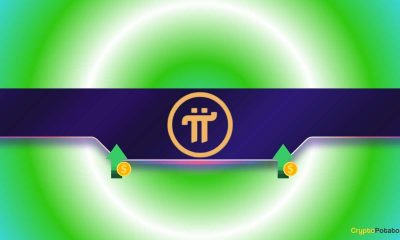
 Cryptocurrency1 week ago
Cryptocurrency1 week agoWhy Is Pi Network’s (PI) Price Up by Double Digits Today? – Crypto News
-

 Cryptocurrency1 day ago
Cryptocurrency1 day agoAndrew Tate Buys $5 Million Worth of Bitcoin Hours Before Crash – Crypto News
-
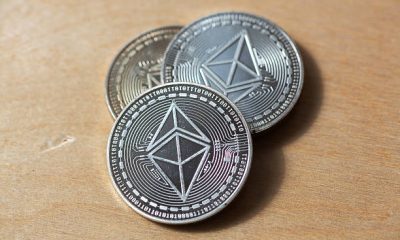
 Blockchain1 week ago
Blockchain1 week agoCrypto Analyst Shows The Possibility Of The Ethereum Price Reaching $16,000 – Crypto News
-
Business1 week ago
$2.5T Citigroup Partners With Coinbase to Enable Stablecoin Payments – Crypto News
-

 Cryptocurrency1 week ago
Cryptocurrency1 week agoArgentine Stablecoin Use Surged Ahead of President Milei’s Midterm Election Win – Crypto News
-

 Metaverse1 week ago
Metaverse1 week agoIt isn‘t just AI. Earnings and the economy show the rally has legs. – Crypto News
-
Cryptocurrency1 week ago
Is Stock Tokenization Really Exploding? Not Even 0.01% – Crypto News
-
Technology1 week ago
Breaking: $2.6B Western Union Announces Plans for Solana-Powered Stablecoin by 2026 – Crypto News
-

 Blockchain1 week ago
Blockchain1 week agoVisa To Support Four Stablecoins on Four Blockchains – Crypto News
-
Cryptocurrency5 days ago
After 1,993% Burn Spike, Is Shiba Inu Price Set for a Major Trend Reversal? – Crypto News
-
Cryptocurrency1 week ago
XRP News: Ripple-Backed Evernorth Amasses Over $1B in XRP Ahead of Nasdaq Listing – Crypto News
-
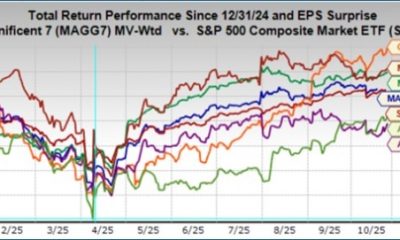
 others1 week ago
others1 week agoPreviewing Mag 7 earnings: What investors should know – Crypto News
-
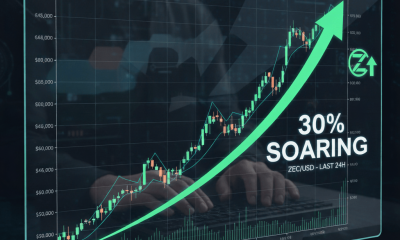
 Blockchain1 week ago
Blockchain1 week agoHayes’ Zcash ‘Vibe Check’ Sparks 30% Moonshot – Crypto News













